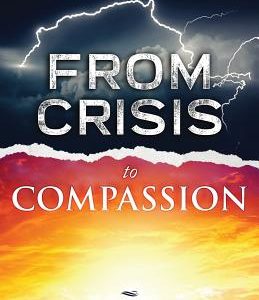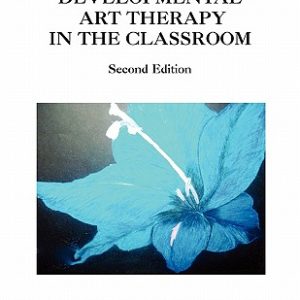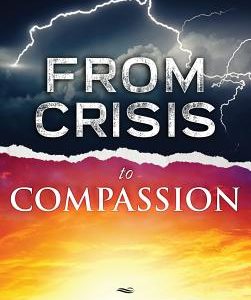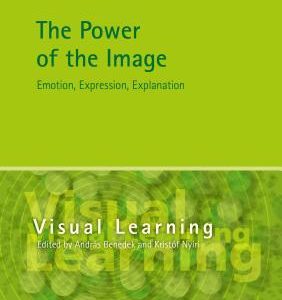Psychological Method Predicts Future Education and Service Industry: Consumer Behavior Difference
$126.00
Description
The resource based theory of university location competitive advantage challengeAccording to the Porter’s theory, the resource based theory can apply competitive resources to be identifies to higher education institutions. For higher education institutions, such as resources might include the reputation of certain departments, the grouping together of areas of specialist expertise and the development of technical patents etc. Also higher education resources may not be imperfectly mobile, as the competitive resources of a university identifies tangible, intangible and organizational assets. So, the tangible resources might include campus location, building capacity, conference facilities and medical research facilities. Intangible resources generally include such items as patents, teaching and research performance, service levels and technology and the geographical location of a service. In a university, such intangible resources might include some of the above and may also include employees/ associates, e.g. experienced professors, renowned authors and distinguished teachers. Also, the location of a university can be accepted as physical and tangible resources of a university. However, I believe location is shown as an important factor to affect the students’ university enrolment selection decisions.To sources of competitive advantages are thought to be the reputation of the institution, the curriculum and educational standards, school fees ( tuition), location and student activities etc. different factors. Moreover, any university’s general client segments include such as, high school graduates, elderly students and international students, that have been influenced by several factors when selecting the best university to study. One of these factors is again location, the proximity to home and easy transportation is critical factor in selecting a university. Presumably, institutions that are located along well-established public transit routes have a competitive advantage over those with poor transit links. Due to the efficiency of innovation activity increased in easily accessible locations with a high density of economic activity. The existence of education and research institutions as well as easily available information is suggested as a reason for this increase. Also private higher education institutions desire to benefit from these flows by locating itself nearby. Therefore, together with other factors, such as existing capital global flows should be existing capital and population, level of income and location decisions of foundation universities. The location, social life campus, proximity of campus to the city center, exchange programs, the curricula infrastructure, languages medium of instruction and activities are the most significant factors to influence students to choose which university to study. By the past statistic indicated that the location has 94% rate, the proximity of campus to the city center has 84% rate. So, it seems the proximity of campus to the city center factor is more prior choice to compare with the school location is close to the student home factor.Huang (2012) stated that ” the right location attracts more students and ensures the revenues of the institution. The location of an educational institution might influence its future prospect of growth. A good location attracts not only more students, but also excellent teaching staff.” Because of job opportunities areas, the students are able to get a part-time job and earn extra money for their tuition ( Huang, 2012). Marketing concept has four “P,” it can apply to university educational business, such as educational promotion, tuition price, teachers of people and school campus location of place.
Author: Lok, Johnny Ch
Topic: Education / Teaching
Media: Book
ISBN: 1091659990
Language: English
Pages: 388
Additional information
| Weight | 1.98 lbs |
|---|---|
| Dimensions | 11 × 8.5 × 0.8 in |















Reviews
There are no reviews yet.